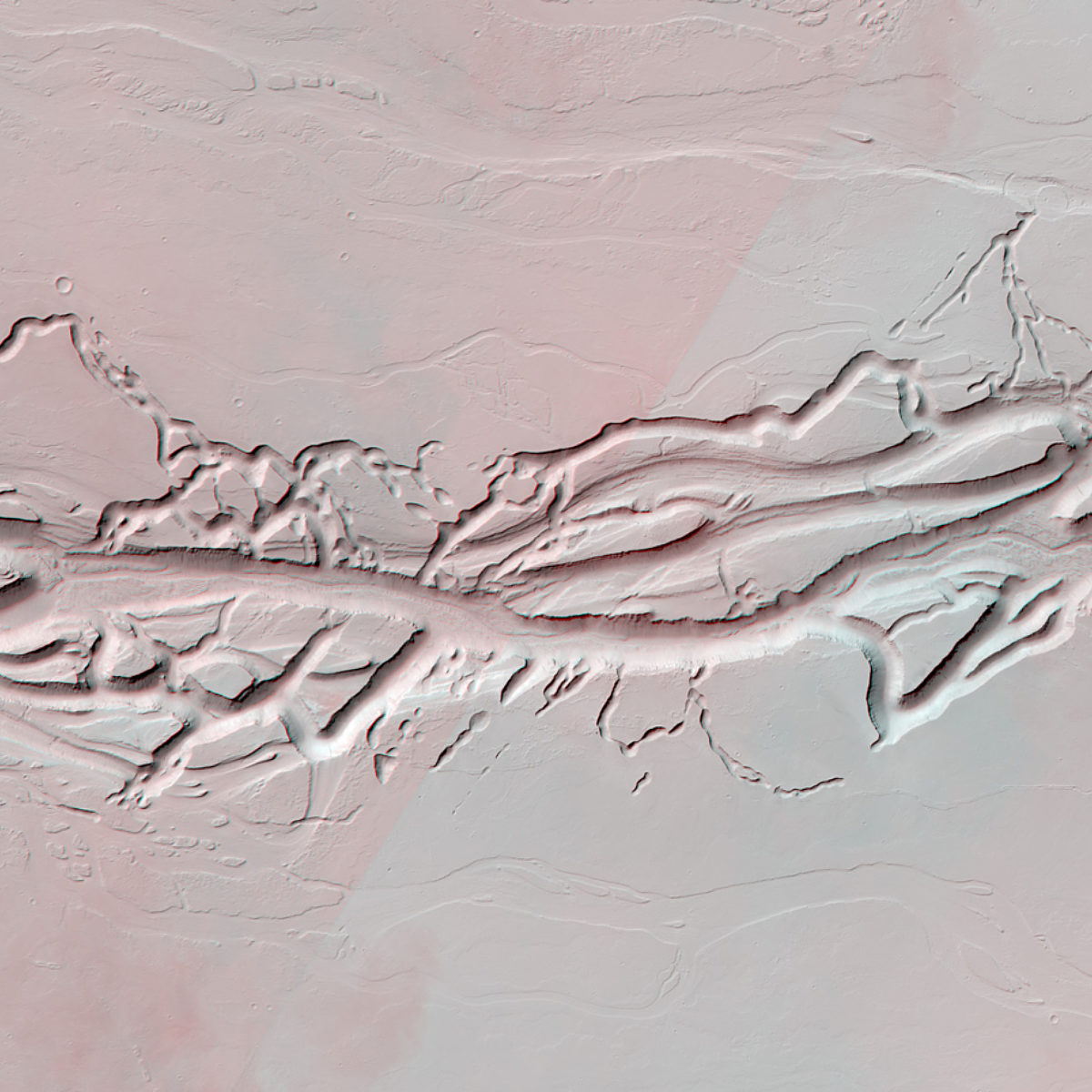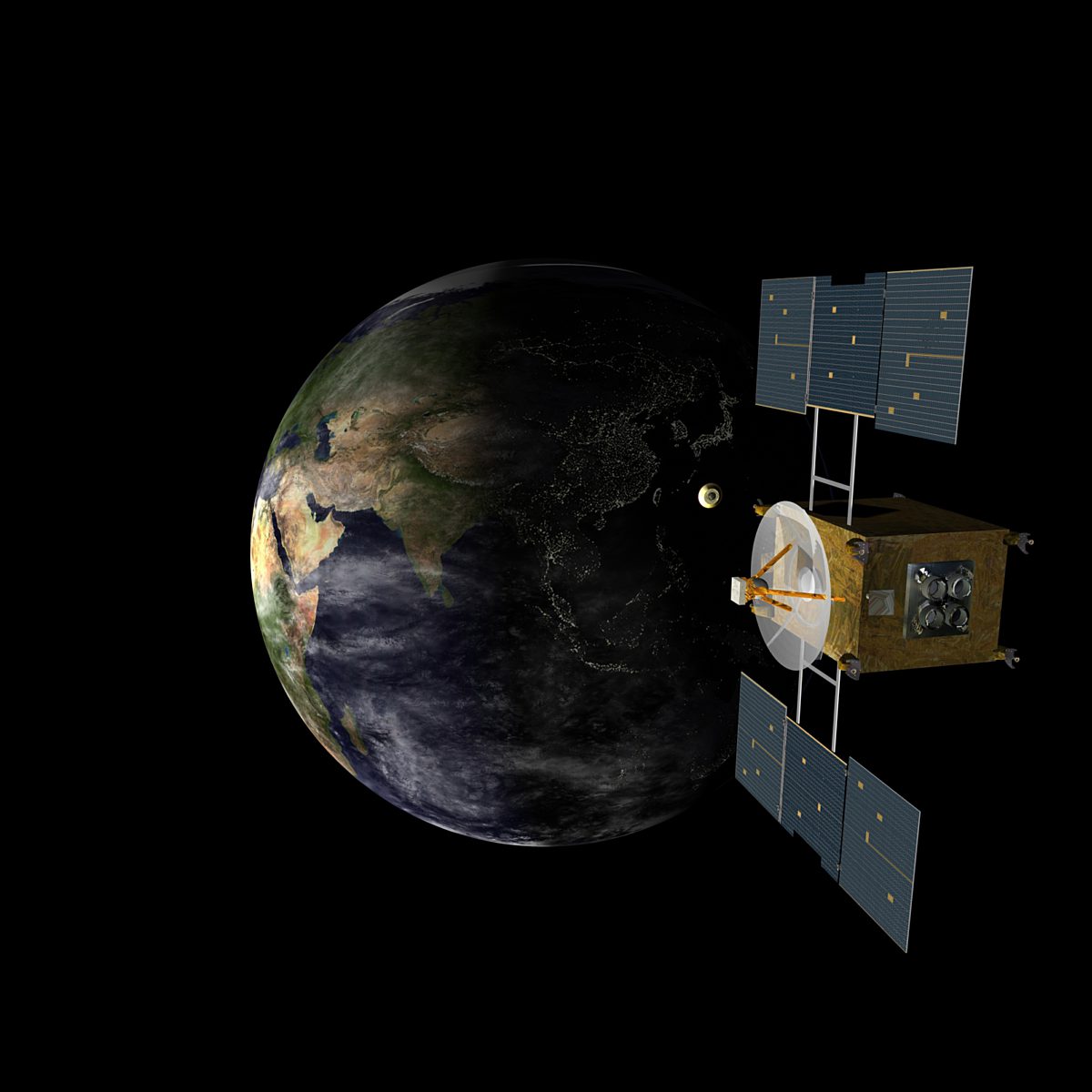All
All
Stories, updates, insights, and original analysis from The Planetary Society.
Talking Lasers on Aussie Radio
Through a crazy random happenstance, I was just interviewed by a friend of a friend of a friend at Australian radio station 'triple j' for a feature on lasers!
New maps of Enceladus and other moons
Every time Cassini gets reasonably close to one of the moons of Saturn, whether the close approach is a targeted one or just an opportunistic encounter, its planners usually take advantage of the proximity to take a bunch of photos.
A Martian Moment in Time, revisited
A good start to my day today: The New York Times' Lens Blog featured the
Radar glories in Titan rivers
Wow, this is a cool paper. Here's the gist: the Cassini RADAR team has spotted some river channels on Titan that shine so brightly in radar images, there must be something special going on to explain that brightness.
Jupiter has lost a belt!
Via Daniel Fischer's Tweet about a blog entry by Astro BobI learned of something which should be obvious to anyone who has trained even a rather small telescope on Jupiter over the past few weeks: one of its iconic stripes is just plain gone.
Akatsuki and IKAROS getting ready for launch, with your names aboard
I've been so focused on the dramatic return of
Some trouble on Voyager 2
Engineers have shifted NASA's Voyager 2 spacecraft into a mode that transmits only spacecraft health and status data while they diagnose an unexpected change in the pattern of returning data.
A moment in time
On Mars, at 15:00 local true solar time on May 2, a solitary rover gazed southward across her own dusty deck and snapped three photos, actually three sets of three photos, which were combined to make this view.
Morphology and mineralogy on Mars
A recent entry by Bethany Ehlmann from the blog of the Planetary Geomorphology Working Group of the International Association of Geomorphologists demonstrates how you can combine the power of different types of data to tease out a rich story of the past history of one spot on Mars.
Saturn's hexagon recreated in the laboratory
A lot of readers have expressed interest in the origin of Saturn's north polar hexagon. The hexagon is a long-lived pattern in the clouds surrounding Saturn's north pole, which has been observed since the Voyagers passed by in 1980 and 1981.
Space carnival, rover update, Planetary Radio Live!
Just a linky post today, as I am nanny-less.
Dawn Journal: Matching Paces with Vesta
Dawn remains on course and on schedule for its appointments with Vesta and Ceres, colossal protoplanets in the main asteroid belt.
Mars Exploration Rovers Update: Spirit Snoozes Past Viking, Opportunity Snaps Endeavour on Horizon
The Mars Exploration Rovers' fourth Martian winter is proving to be the harshest one yet and Spirit and Opportunity are getting colder than ever before. With temperatures on the Red Planet dropping in April and the Martian winter solstice still two weeks away, the season has turned into a shivering nail-biter.
Arecibo saves us from another potentially hazardous asteroid
That's a bit of an overdramatic title, but it's true that the most efficient way for us to reduce the risk we face from asteroids that have a very small chance of hitting Earth in the future is to determine their orbits more precisely.
How radio telescopes get "images" of asteroids [DEPRECATED]
Every time I post a radio telescope image of a near-Earth asteroid, I get at least one reader question asking me to explain how radio telescopes take photos, so I'm hereby writing a post explaining the basics of how delay-Doppler imaging works.
Spirit: Schrödinger's Rover
Either Spirit is the longest-lived landed Mars mission ever, or she is not. We won't know for certain unless we manage to observe a radio signal from her.
3D Anaglyph: Weird channels of Olympica Fossae
Got some 3D glasses handy? Check out this awesome view of a very strange feature on Mars, courtesy of Mars Reconnaissance Orbiter's Context Camera (CTX).
Hubble turns 20
Tomorrow is the 20th anniversary of the launch of the Hubble Space Telescope. It's hard to believe it's been going strong for so many years.
Anticipating the end of Hayabusa
A successful sample return for the Hayabusa mission will mean the fiery death of Mr. Hayabusa himself. The poignancy of this is not lost upon the people in Japan who are following the mission.
Titan and Dione: The same, but different
Here's a new lovely color composition of Titan and Dione captured by Cassini. This one was taken on April 20, 2010; a set of 15 raw images taken of the two moons just showed up on the Cassini raw images website.


 Explore Worlds
Explore Worlds Find Life
Find Life Defend Earth
Defend Earth


 Sun
Sun Mercury
Mercury Venus
Venus Earth
Earth Mars
Mars Jupiter
Jupiter Saturn
Saturn Uranus
Uranus Neptune
Neptune Small Bodies
Small Bodies

















